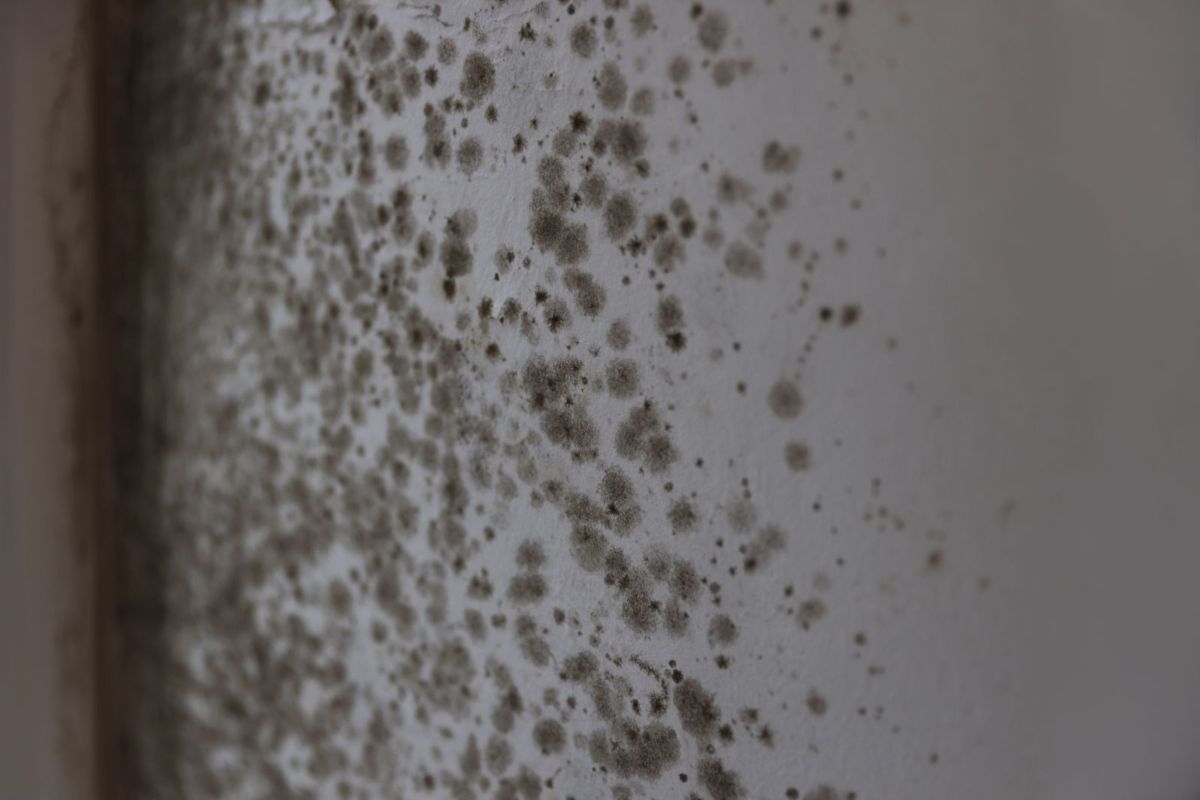Mold at Home: Signs, Causes, and How to Get Rid of It
Discovering mold at home is bad news. It's not just an eyesore. It can make you sick and harm your place.
It's good to spot mold early. You need to know what leads to its growth. And, of course, how to kick it out and stop it from coming back.
This article helps you learn about mold. You'll find out what causes it and how to get rid of it. By knowing this, you can keep your home and yourself healthy.
Key Takeaways
- Visible signs of mold include discoloration and patches on walls, ceilings, and other moist areas.
- A musty odor is often a clue indicating the presence of hidden mold.
- Mold exposure can lead to health issues like allergies, respiratory problems, and other symptoms.
- High humidity levels and moisture from water leaks are common causes of mold growth at home.
- Effective household mold removal and prevention measures are essential for maintaining a healthy living environment.
- Controlling indoor moisture levels is crucial for mold prevention.
- Regular home maintenance helps mitigate health risks of mold and supports long-term property integrity.
Signs of Mold at Home
Looking out for signs of mold in your house is very important. It can help make your home a healthier place. There are several clues that can help you find mold. This will let you deal with it before it gets worse.
Visible Mold Growth
Spotting mold is often the first sign of trouble. Mold can be found in various places like under sinks or in bathroom tiles' grout. It can be different colors and textures. Each type of mold spore may mean a different type of mold, such as black mold.
Musty Odors
If you smell something musty, it could mean hidden mold. This smell can come from places like the basement, walls, or carpets. Even without seeing mold, a musty smell shows there might be hidden mold. You might need to look into it more.
Health Symptoms
How mold affects health is very important to know. Black mold symptoms can cause breathing issues, allergies, and headaches. If many people at home suddenly feel sick, check for mold. The tiny spores from mold can float in the air, making health problems worse.
Early identification of mold issues can prevent long-term health problems and costly structural repairs.,” warns experts from the Environmental Protection Agency (EPA).
Causes of Mold at Home
Mold at home is a big deal. It loves high humidity and has organic stuff to munch on. Bad airflow and condensation help it spread, too. Places like bathrooms, kitchens, and basements are top picks for mold growth.
Water leaks are a big issue. They come from roofs, pipes, or small plumbing problems. Fixing these leaks fast helps stop mold. Also, it's smart to keep the air not too moist. Making sure there's not too much water in the air can cut down on mold.
Cooking, bathing, and drying clothes inside add moisture to the air. To fight this, use fans and a dehumidifier. Also, it's good to check places like under sinks and windows often. This can stop mold before it gets a chance to grow in your home.
Conclusion
Dealing with mold at home is key to keep everyone healthy. This also helps keep your home strong. Looking out for early signs like seeing mold, smelling something musty, or feeling unwell is crucial. It lets you fight mold from the start. Knowing why mold happens, such as too much moisture, leaks, or bad air flow, is important. It helps you stop mold before it spreads.
Not taking care of mold can lead to bad health. It can cause allergies or even worse breathing issues. So, dealing with mold quickly is very important. You can clean up small areas of mold yourself, with the right gear and cleaners. But for big mold problems, it's best to get experts to remove it. They can make sure the mold is gone and won't come back.
Also, keeping up with home maintenance is a great way to avoid mold. Check your home often, make sure the air circulates well, and fix leaks fast. By staying alert and taking action, you can stop mold. This makes your home a safer and healthier place for you and your family.
FAQ
What are the common signs of mold at home?
Common signs of mold are visible mold, musty smells, and health issues like allergies. They show up early, helping you catch mold soon. Then, you can act fast to clear it.
How can I identify mold growth?
Look for mold that comes in different colors and feels different. It's often in damp spots. You might also pick up on a musty smell or notice you're coughing more.
What causes mold to grow in homes?
Mold likes it where it's moist and lacks fresh air. So, high humidity, little ventilation, leaks, and condensation create a home for it. Stay dry to keep mold away.
What health risks are associated with mold?
Mold can trigger allergies, asthma, and breathing issues. Too much mold for too long is bad for your health. So, it's key to stop it from ever starting.
How can I prevent mold in my home?
To fight mold, keep your spaces dry and well-ventilated. Fix leaks fast and clean wet areas regularly. These steps keep your home healthy.
Is professional mold remediation necessary?
For big or risky mold issues, it's smart to call in the pros. They're skilled at getting rid of mold safely and totally. They ensure a job well done.
Can I remove mold myself?
For small areas, you can use common ways to get rid of mold. Yet, for a big job, getting experts is best. They'll make sure it's all gone without putting your health at risk.

